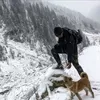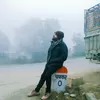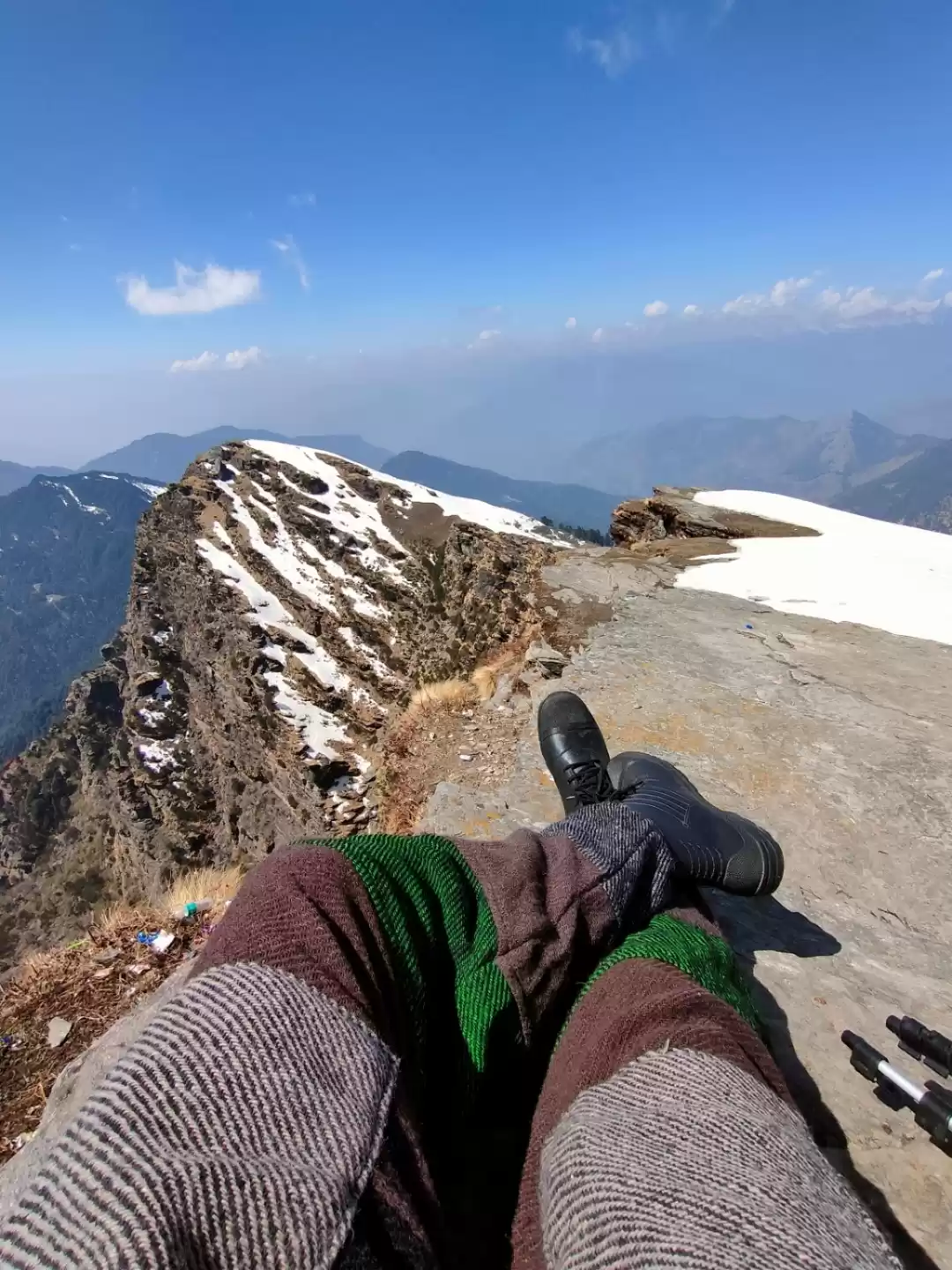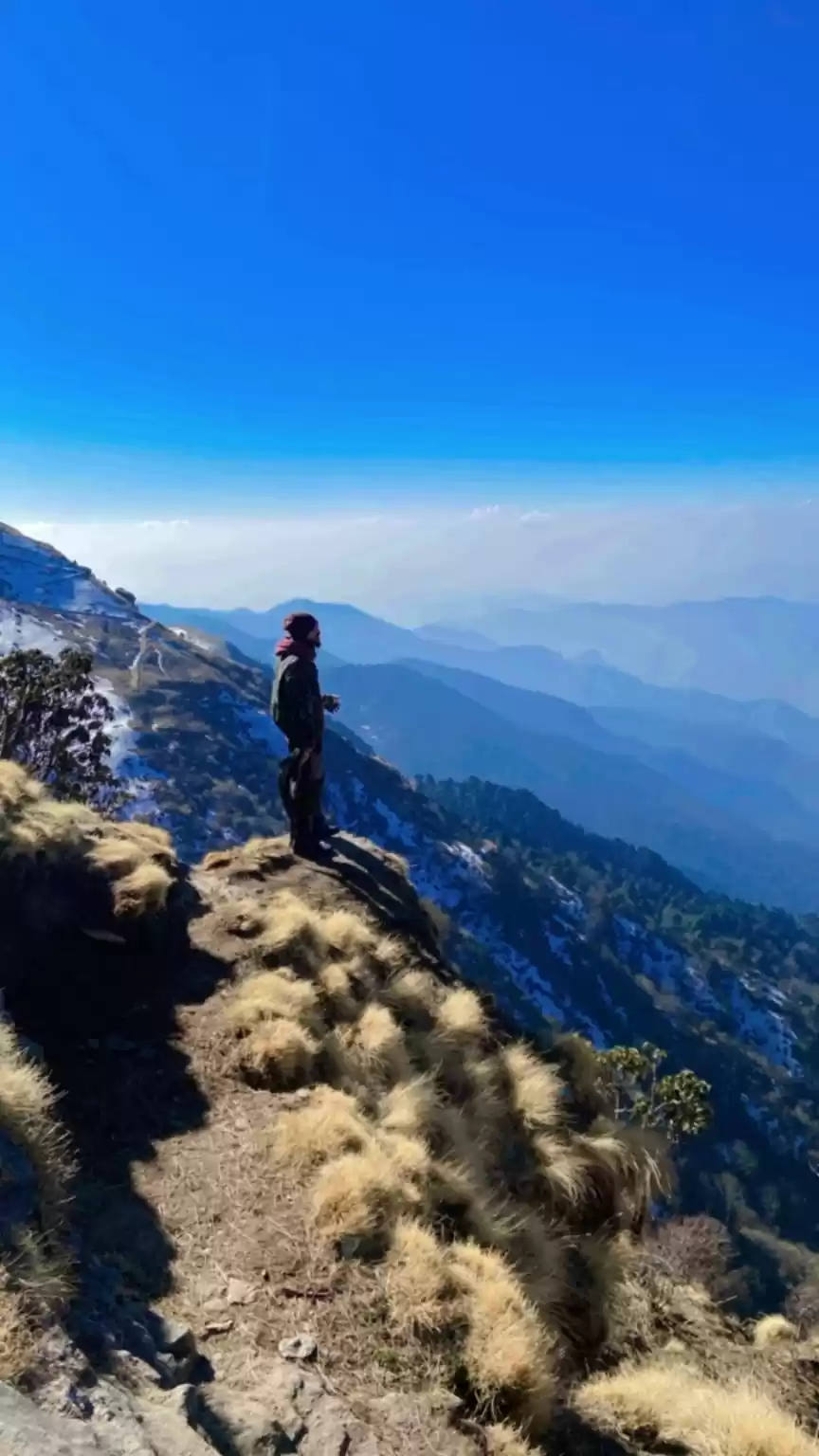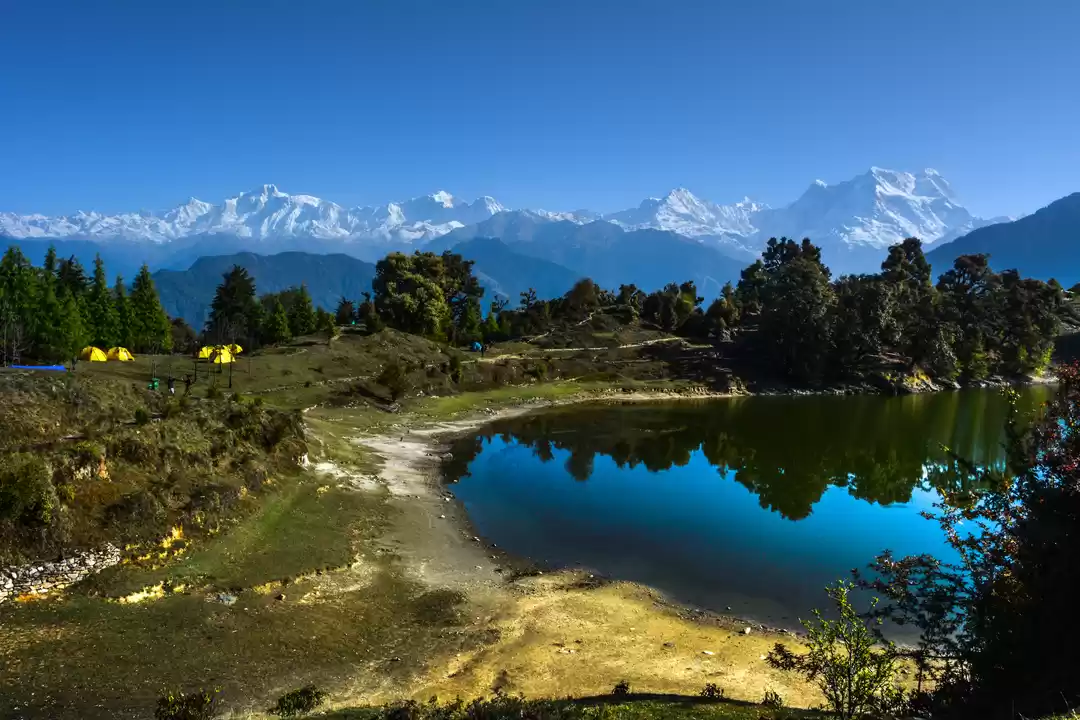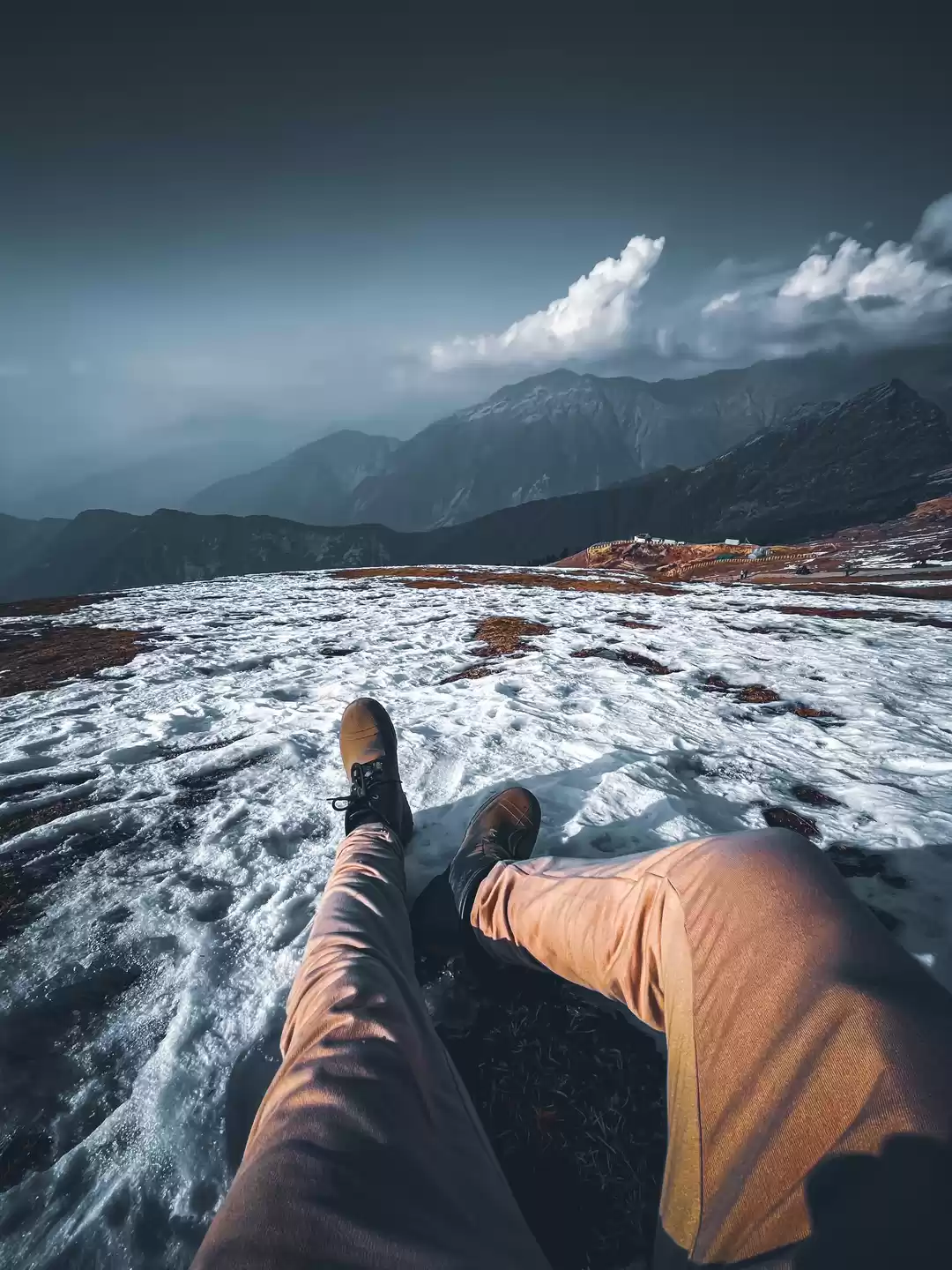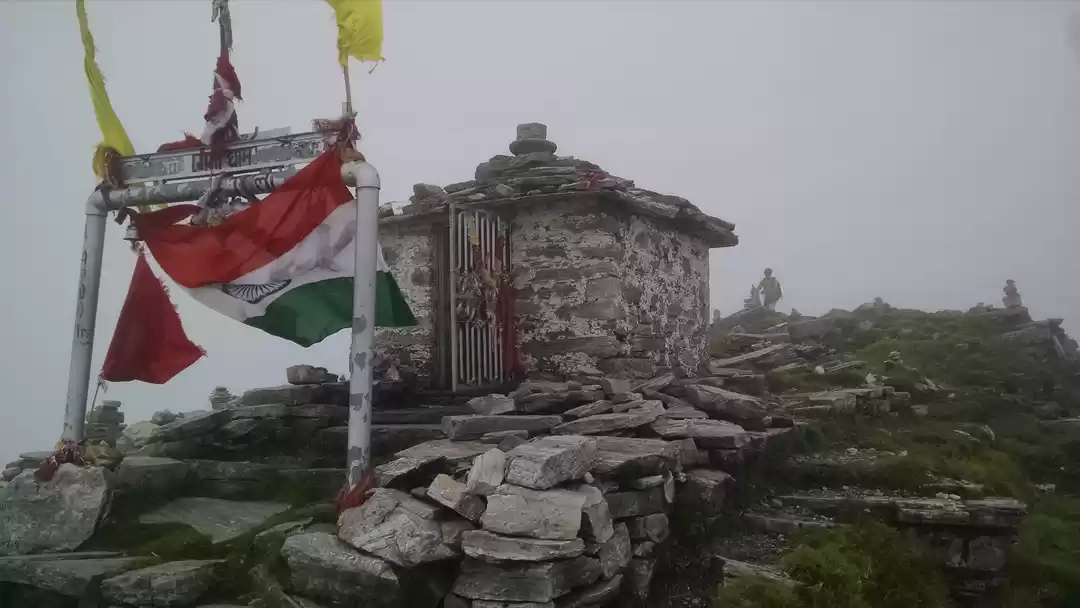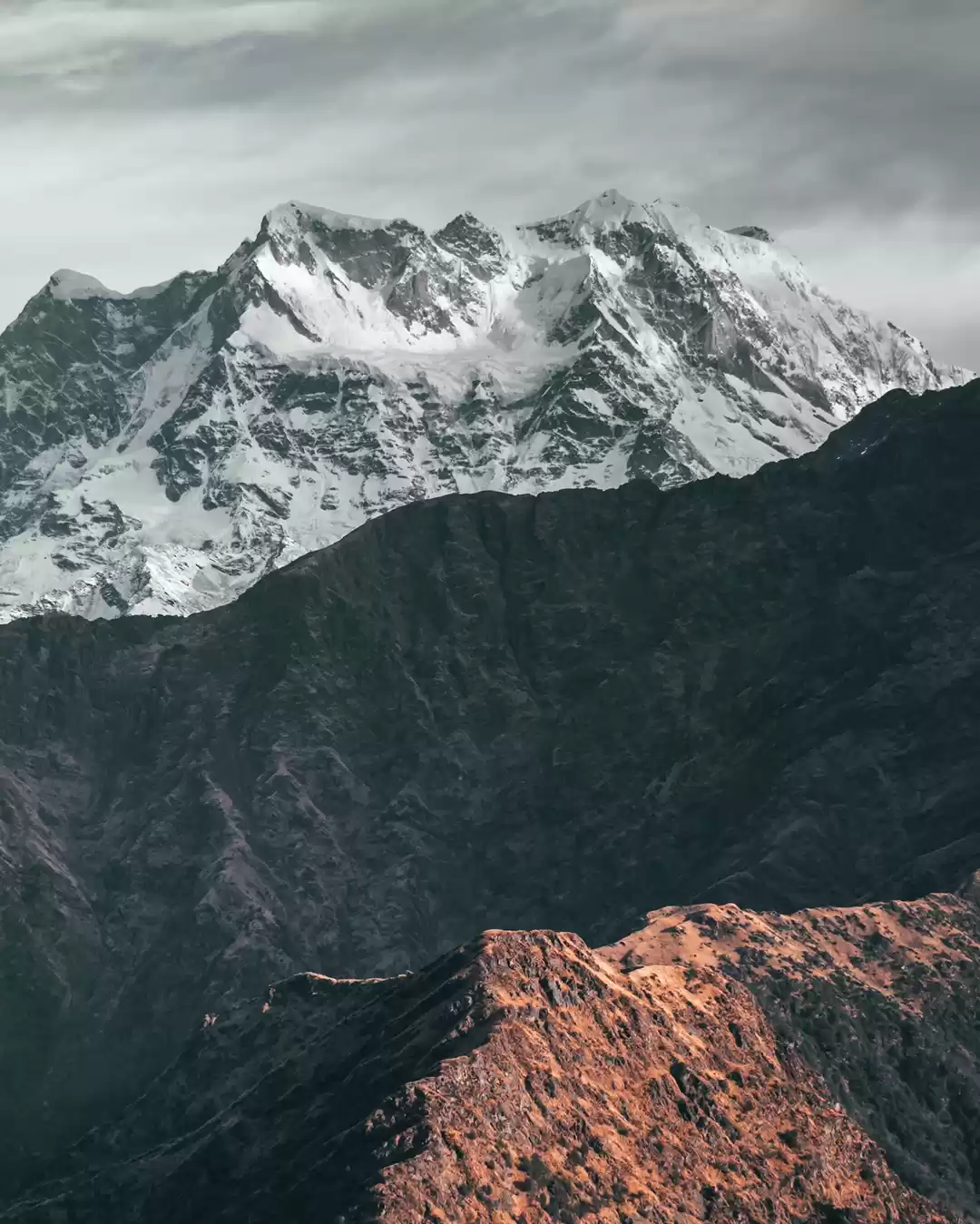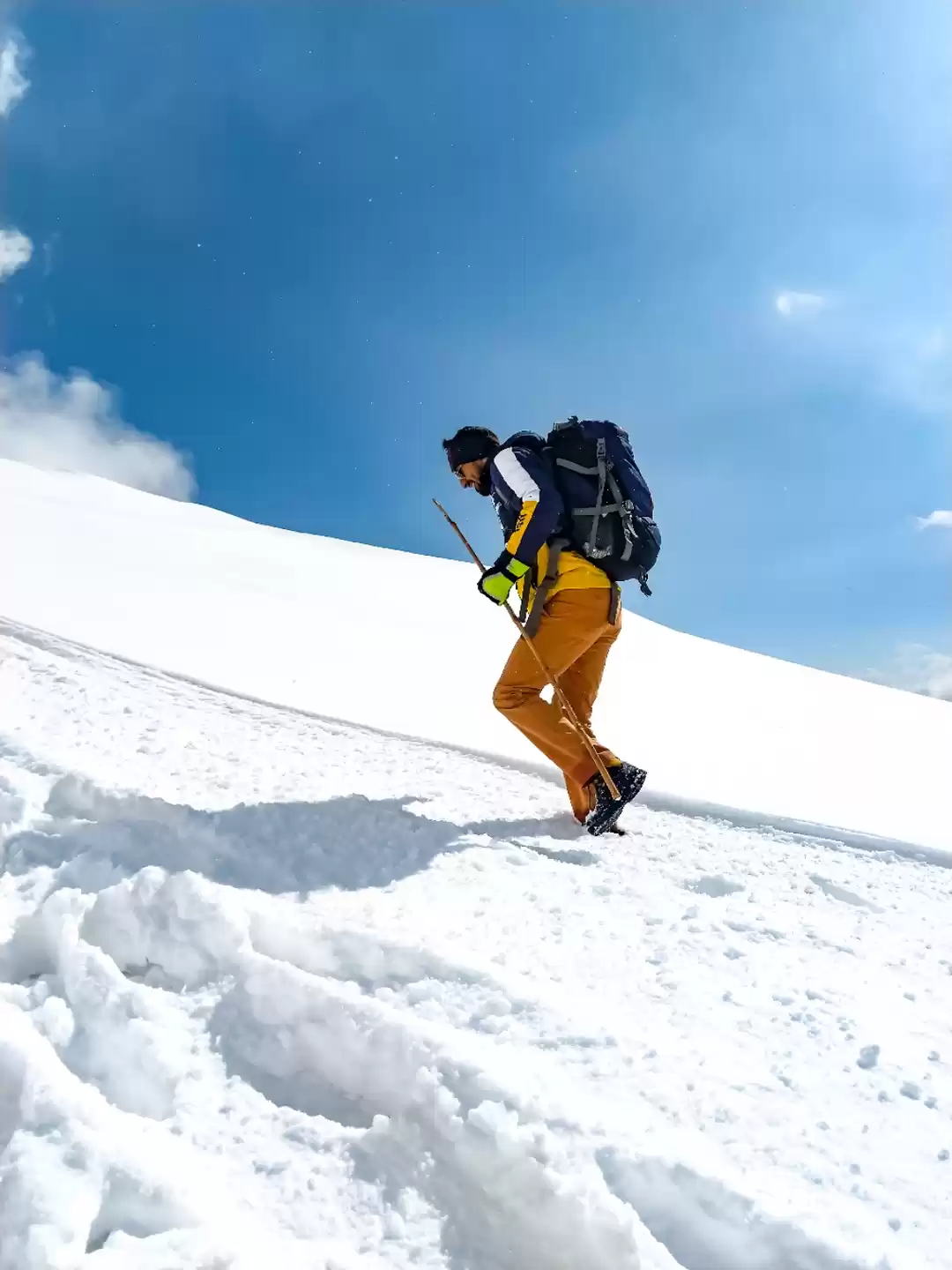Have you ever dreamed of trekking to the top of the world and witnessing the majestic beauty of the Himalayas? If yes, then Chandrashila Peak is the perfect destination for you. Chandrashila Peak is a summit in the Garhwal Himalayas that stands at an altitude of 4,000 meters above sea level. It is also known as the “Moon Rock” because of its crescent-shaped formation. From Chandrashila Peak, you can enjoy a 360-degree view of some of the most prominent peaks in the Himalayan range, such as Nanda Devi, Trishul, Chaukhamba, Kedar Dome, and more. You can also visit the ancient Tungnath temple, which is the highest Shiva temple in the world, and the serene Deoria Tal lake, which reflects the Himalayan peaks on its surface. Chandrashila Peak is a trek that offers a blend of adventure, spirituality, and nature.
History and Mythology of Chandrashila
Chandrashila Peak has a rich history and mythology that adds to its charm and allure. According to legend, Chandrashila Peak was the place where Lord Rama meditated after killing Ravana, the demon king of Lanka. It is also believed that Lord Shiva blessed Lord Rama at this spot and granted him salvation. Another legend says that Chandrashila Peak was the place where the Pandavas, the heroes of the Mahabharata epic, ascended to heaven after their victory over the Kauravas. Chandrashila Peak is also considered as one of the Panch Kedar, or five abodes of Lord Shiva, along with Kedarnath, Madhyamaheshwar, Rudranath, and Kalpeshwar. The Tungnath temple, which is located at the base of Chandrashila Peak, is said to be built by Arjuna, one of the Pandavas, to appease Lord Shiva. The temple is more than 1,000 years old and has a unique architecture and design. The temple is open only from April to November, as it remains covered with snow for the rest of the year.
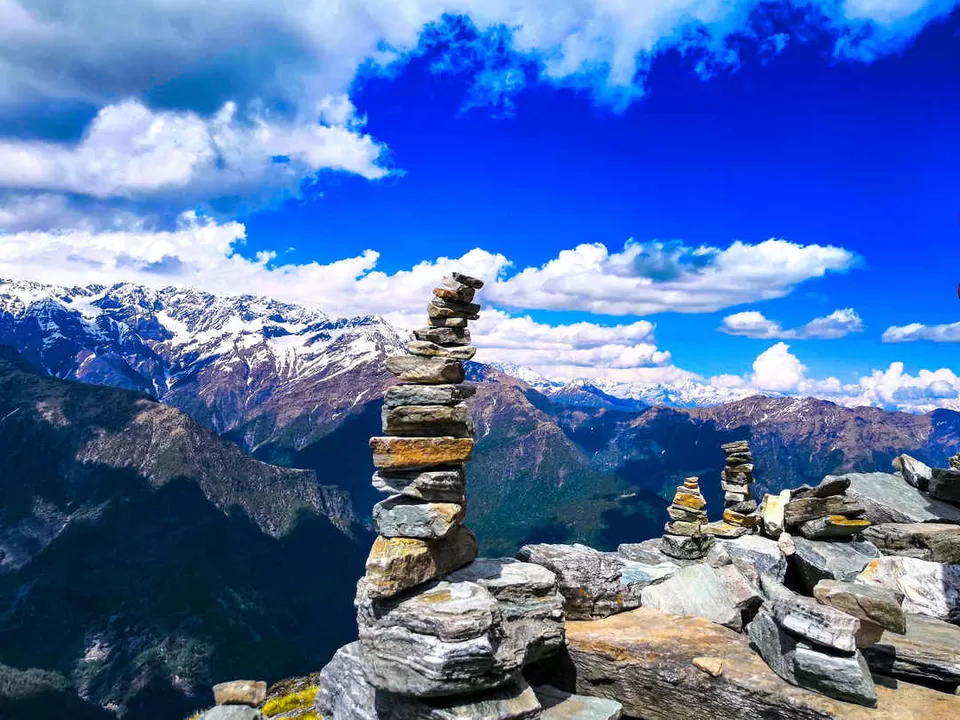
Best Time to Visit Chandrashila
Chandrashila Peak can be visited throughout the year, as each season offers a different experience and challenge. However, some seasons are more suitable than others depending on your preferences and skills.
Winter (December to February): Winter is the best time to visit Chandrashila if you are looking for a snow adventure and a thrilling challenge. The trek becomes more difficult and demanding as you have to walk on snow-covered trails and face harsh weather conditions. However, the reward is worth it as you get to see the Himalayan peaks in their full glory and splendor. The temperature can drop below zero degrees Celsius at night, so you need to be well-equipped with warm clothes and gear.
Summer (March to June): Summer is the best time to visit Chandrashila if you are looking for a pleasant and comfortable trek with clear skies and moderate temperatures. The trek becomes easier and enjoyable as you walk on green meadows and forests with colorful flowers and birds. You can also witness some rare wildlife such as musk deer, monal, and Himalayan foxes along the way. The temperature ranges from 15 to 25 degrees Celsius during the day and 5 to 10 degrees Celsius at night.
Monsoon (July to September): Monsoon is not a recommended time to visit Chandrashila as the trek becomes risky and unpredictable due to heavy rainfall and landslides. The trails become slippery and muddy and the visibility becomes low. You may also face roadblocks and delays while reaching Chandrashila from Haridwar or Rishikesh. The temperature ranges from 10 to 20 degrees Celsius during the day and 0 to 5 degrees Celsius at night.
How to Reach Chandrashila
Chandrashila Peak can be reached from various modes of transport such as air, rail, and road. However, you need to start your trek from Sari village, which is about 220 kilometers from Haridwar or Rishikesh.
By Air: The nearest airport to Chandrashila is Jolly Grant Airport in Dehradun, which is about 225 kilometers away. You can take a flight from Delhi or other major cities in India to Dehradun and then hire a taxi or a bus to reach Sari village. The journey may take about 8 to 10 hours depending on the traffic and road conditions.
By Rail: The nearest railway station to Chandrashila is Haridwar or Rishikesh, which are well-connected to Delhi and other major cities in India by regular trains. You can take a train to Haridwar or Rishikesh and then hire a taxi or a bus to reach Sari village. The journey may take about 7 to 9 hours depending on the traffic and road conditions.
By Road: You can also drive to Chandrashila from Delhi or other nearby cities by taking the NH58 highway. You need to follow the route of Delhi - Meerut - Muzaffarnagar - Roorkee - Haridwar - Rishikesh - Devprayag - Srinagar - Rudraprayag - Ukhimath - Sari. The journey may take about 10 to 12 hours depending on the traffic and road conditions.
Chandrashila Trek Route Map
Chandrashila Peak trek is a moderate to difficult trek that covers a distance of about 16 kilometers in total. The trek can be completed in 3 to 4 days depending on your pace and stamina. The trek starts from Sari village, which is at an altitude of 2,000 meters, and ends at Chandrashila Peak, which is at an altitude of 4,000 meters. The trek route map is as follows:
Day 1 Haridwar/Rishikesh to Sari (220 kilometers by road):
You need to reach Sari village from Haridwar or Rishikesh by road. You can either hire a taxi or a bus for this journey. You will pass through some scenic places such as Devprayag, where the Alaknanda and Bhagirathi rivers meet to form the Ganga river, and Rudraprayag, where the Alaknanda and Mandakini rivers meet. You will also get a glimpse of some Himalayan peaks such as Kedarnath, Chaukhamba, and Nanda Devi along the way. You will reach Sari village by evening and stay overnight at a guesthouse or a campsite.
Day 2 Sari to Deoria Tal (3 kilometers by trek):
You need to start your trek from Sari village after having breakfast. You will walk on a well-marked trail that ascends gradually through fields and forests. You will reach Deoria Tal, which is a beautiful lake surrounded by lush green meadows and forests, in about 2 hours. Deoria Tal is at an altitude of 2,400 meters and offers a stunning view of the Himalayan peaks such as Chaukhamba, Kedarnath, and Neelkanth. You can spend some time exploring the lake and its surroundings and enjoy the sunset over the mountains. You will stay overnight at a campsite near the lake.
Day 3 Deoria Tal to Chopta (14 kilometers by trek):
You need to resume your trek from Deoria Tal after having breakfast. You will walk on a trail that descends gradually through forests and meadows. You will cross some streams and bridges along the way. You will reach Chopta, which is a small hamlet and a base camp for Tungnath and Chandrashila treks, in about 6 to 7 hours. Chopta is at an altitude of 2,700 meters and offers a panoramic view of the Himalayan peaks such as Nanda Devi, Trishul, Kedar Dome, etc. You can relax and rejuvenate at Chopta and enjoy the evening under the stars. You will stay overnight at a guesthouse or a campsite.
Day 4 Chopta to Tungnath to Chandrashila Peak and back to Chopta (8 kilometers by trek):
You need to start your final ascent from Chopta after having breakfast. You will walk on a steep trail that zigzags through rhododendron and pine forests. You will reach Tungnath temple, which is the highest Shiva temple. You will reach the summit just in time to witness the sunrise over the Himalayas. You will be amazed by the panoramic view of the snow-capped peaks, such as Nanda Devi, Trishul, Kedar, Chaukhamba, and more. You will also see the crescent-shaped formation of Chandrashila Peak, which gives it its name. You will feel a sense of accomplishment and awe as you stand on the top of the world.
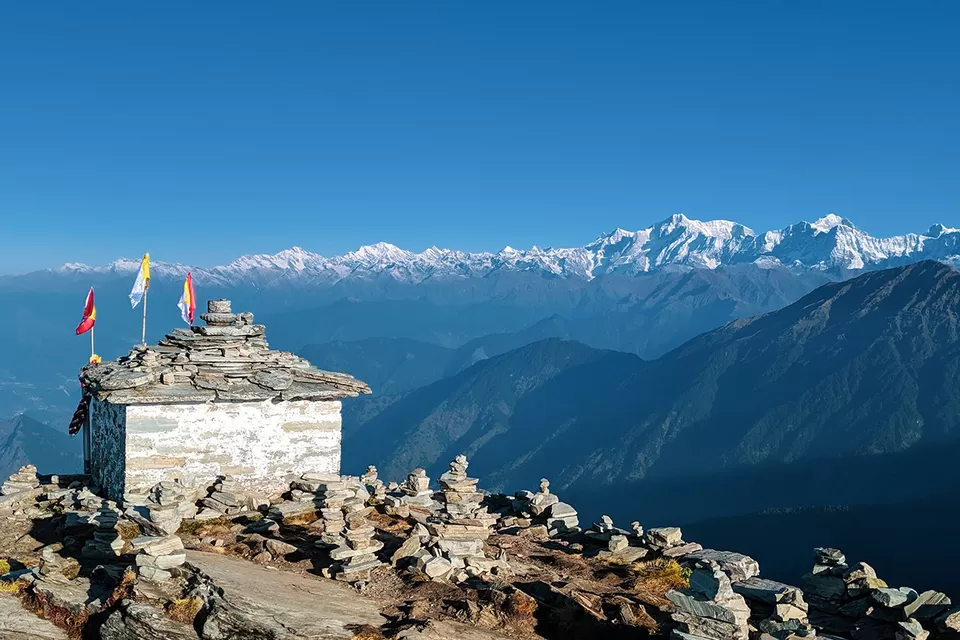
Chandrashila Trek Travel Tips
Chandrashila trek is a moderate to difficult trek that requires a good level of fitness, stamina, and preparation. Here are some useful tips for trekkers who want to make the most of their Chandrashila trek experience:
What to carry: You should carry a backpack that is comfortable and spacious enough to fit all your essentials, such as clothes, shoes, toiletries, medicines, snacks, water bottles, etc. You should also carry a sleeping bag, a tent, a torch, a camera, a power bank, and a trekking pole. You should also carry some warm clothes, such as jackets, sweaters, gloves, caps, socks, etc., as the temperature can drop significantly at night and at higher altitudes. You should also carry some rain gear, such as a poncho, an umbrella, or a waterproof cover for your backpack, as the weather can be unpredictable and rainy at times.
What to wear: You should wear comfortable and breathable clothes that are suitable for trekking, such as t-shirts, trousers, shorts, etc. You should also wear sturdy and waterproof shoes that have good grip and ankle support. You should also wear sunglasses, sunscreen, and a hat to protect yourself from the sun. You should also wear layers of clothes that you can easily add or remove depending on the weather and your body temperature.
What to expect: You should expect to have an amazing and adventurous time on the Chandrashila trek. You should expect to see some of the most beautiful and breathtaking views of the Himalayas. You should expect to visit some of the most sacred and ancient places in India. You should expect to meet some friendly and helpful locals and fellow trekkers. You should expect to challenge yourself physically and mentally and overcome your fears and doubts. You should expect to have a lot of fun and create some unforgettable memories.
What to avoid: You should avoid littering or harming the environment in any way. You should respect the nature and the culture of the place and follow the rules and regulations. You should avoid consuming alcohol or drugs or smoking on the trek. You should avoid overexerting yourself or ignoring any signs of discomfort or illness. You should avoid taking any unnecessary risks or shortcuts on the trek.
Conclusion
Chandrashila Peak is a trek that you should not miss if you are looking for an exhilarating and enriching experience in the Himalayas. Happy travelling.



